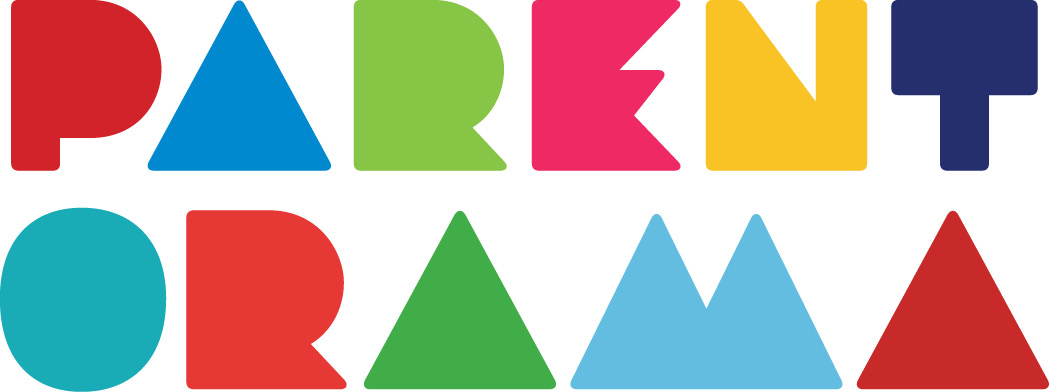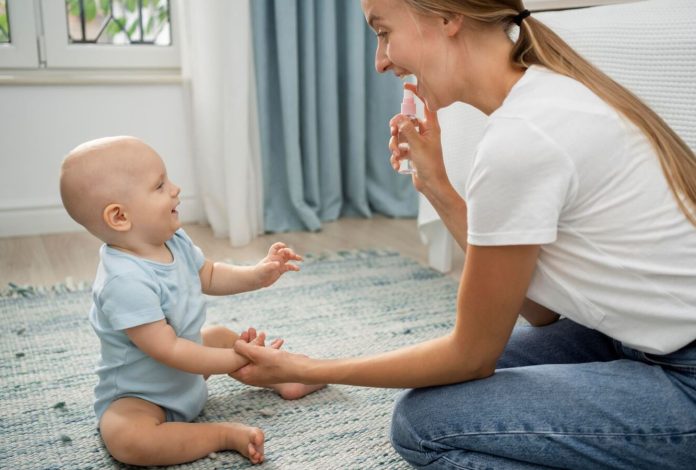Babies recognize pretense, and about half of children can pretend themselves by 12 months, according to new research. The study, led by the University of Bristol, for the first time shows how awareness and understanding of pretense develop in various forms from birth to three years old.
Lead author Professor Elena Hoicka, Professor of Psychology in Education at the University’s School of Education, said: “Our findings highlight how pretense is a complex, evolving process that begins very early in life, helping cognitive and social skills to develop. Pretend play is a key part of children’s learning, creativity, making friends, and understanding other people. This study maps the many different stages and types of it.” The findings are based on research results from 900 parents of children aged from birth to three years (47 months) in the UK, the USA, Australia, and Canada. The earliest age reported for children understanding pretense was four months, and by around 13 months, about half were reported to recognize pretense from others. Approximately half of 12-month-olds were reported to regularly pretend themselves.
Researchers identified 18 different types of pretense that appear and evolve in the early years. Pretending among one-year-olds initially seemed to involve their own bodies, such as pretending to sleep. They might also mime objects and actions, like brushing their teeth with a finger or pretending with objects, such as drinking from an empty cup. Professor Hoicka added: “This then progresses to pretending that an object is something else, for example, pretending that a banana is a phone. This type of pretense really opens up their sense of creative play, as they can now imagine any object they want to play with.”
Pretending among two-year-olds was reported to show more abstract thinking, with children pretending to do things they would not normally experience daily, such as pretending to fly with a rocket. At this age, children use their entire bodies to pretend to be others, including objects like trees, animals, or other people. “This can include people they know and imaginary characters, like Spider-Man or Peppa Pig. As their language skills also develop, this can help them pretend in new ways, allowing them to create complex stories when they do,” added Professor Hoicka.
Three-year-olds are also noted for their creativity, often inventing wild scenarios, such as pretending to be cartoon characters flying in space. Some are also said to create and interact with imaginary friends. Professor Hoicka stated: “While some parents might overestimate young children’s understanding of pretense – at four months – in our sample, the ages at which parents observe these 18 types of pretense largely agree with previous research findings.”
The study is the first of its kind to document how and when pretense evolves from infancy to three years. “Previous studies on early pretense were observational or experimental, limiting the number of children involved,” Professor Hoicka added. “This new measure of research with parent reports allowed researchers to study a large number of children, which is unprecedented using observational or experimental means.”
Researchers hope it will help parents and early childhood educators understand and identify which types of pretense are appropriate to try with children at specific ages, supporting their learning, creativity, and friendships. Professor Hoicka said: “With further research, the findings have the potential to be used as a diagnostic tool for developmental differences in early age. This could ultimately help parents, early education practitioners, and health professionals better understand how to play with children at different stages of development.



